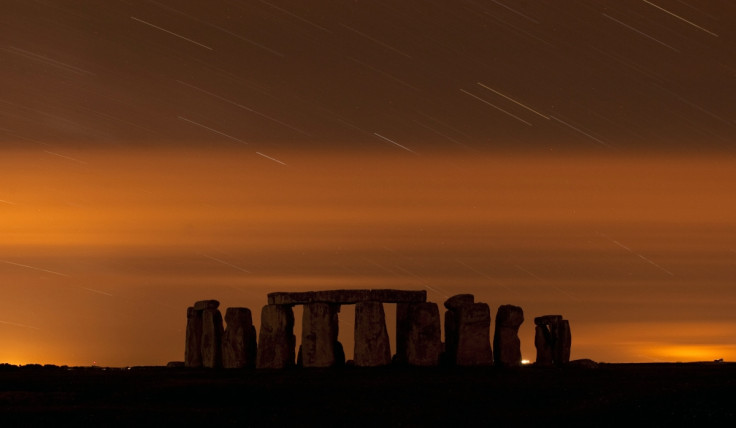Summer solstice 2015: How the longest day of the year is celebrated around the world

The summer solstice will take place on 21 June, marking the height of summer in the northern hemisphere with the longest hours of daylight of the year.
A solstice is an astronomical event that occurs twice a year when the Sun reaches its highest or lowest point in its path across the sky as seen from the Earth, as the planet orbits the Sun. The summer solstice marks the longest day of the year with the longest period of sunlight.
Over the centuries, the June solstice has become a time for festivals, celebrations and traditions. Solstice celebrations – midsummer in the northern hemisphere and midwinter in the southern hemisphere.
Brazil
The festival Festa Junina – the "June Festival" – takes place across Brazil and dates back to Portuguese colonisation. It commemorates Saint Anthony, Saint John and Saint Peter and marks the end of summer and the beginning of the harvest. The celebration has developed over time to incorporate Brazilian cultural elements, including elements from indigenous populations. Local food is eaten, bonfires are lit and traditional dances take place, such as the quadrilha.

UK
Stonehenge is an ancient prehistoric site and has been a place of worship and celebration during the summer solstice. Every year, thousands of revellers flock to Stonehenge, a prehistoric monument in Wiltshire and UNESCO World Heritage Site, to celebrate the solstice.
Iran
In Iran, Jashn-e Tiregân, or the feast of Tiregan, is an ancient festival which coincides with the midsummer. Celebrated by some Iranian Zoroastrians and Muslims in the Mazandaran and Arak provinces. Traditionally, adults and children tie rainbow-coloured bands on their wrists for ten days, before they are removed and thrown into streams – to celebrate children and new life.
Russia, Ukraine and Belarus
Ivan Kupala Day, or Kupala Night – the Feast of Saint John the Baptists – is celebrated in Russia, Ukraine and Belarus, after a pre-Christian goddess of fertility and sexuality in Slavic mythology. It is also celebrated in Poland and on Kupala Day. Traditions including a leap of faith over bonfires, mainly carried out by younger revellers.

Poland
In Poland, Wianki takes place annually in the city of Krakow. Since 1992, the event has taken place in the bend of the Wisła river. The festival was primarily a pagan religious event, although the tradition continued after Christianity was adopted by the country. Celebrations include fortune-telling, laying wreaths on water, jumping over bonfires or burning herbs.
Austria
The midsummer solstice is celebrated each year with a procession of ships down the River Danube through Wachau Valley. Thousands of small candles are placed on the river and a firework display marks the end of the festival, ringing in the summer.

Spain
The traditional midsummer party in Spain is the celebration in honour of Saint John the Baptist. Parties are organised, bonfires are lit and in Catalonia and Valencia, special foods are eaten, such as coca de Sant Joan – a sweet pasty with candied fruits and pine nuts.
Finland
The summer solstice was originally called Ukon juhla after the Finnish god Ukko. After the celebrations were Christianised, the holiday became known as juhannus after John the Baptist. In the Finnish midsummer celebration, bonfires are very common and are burned at lakesides and on the coast.
© Copyright IBTimes 2025. All rights reserved.



















